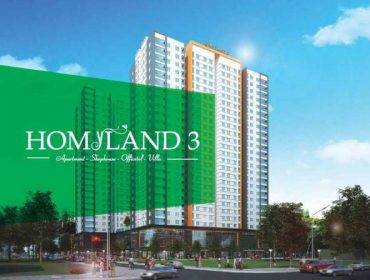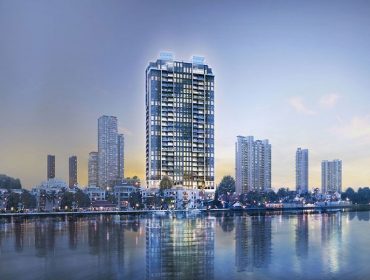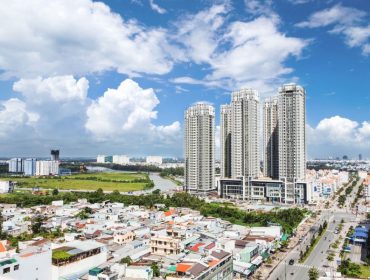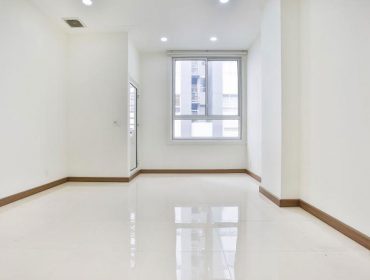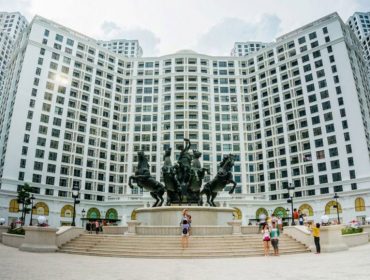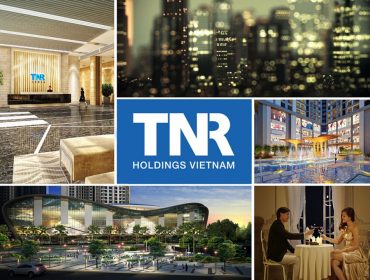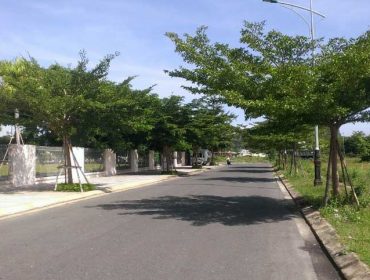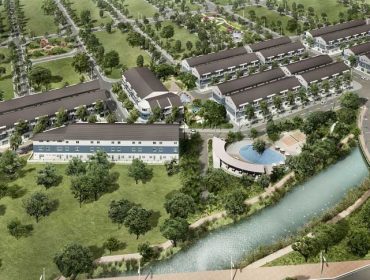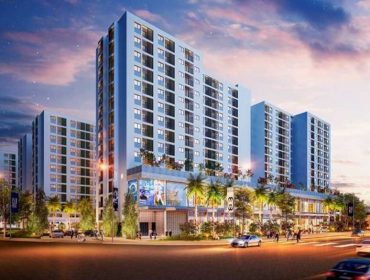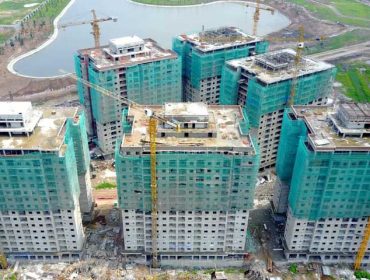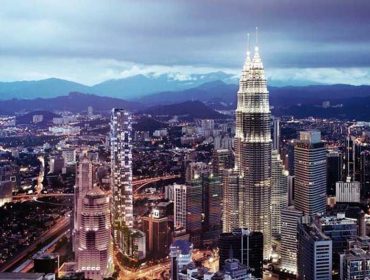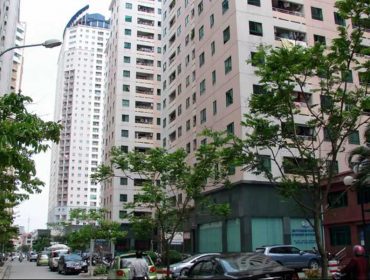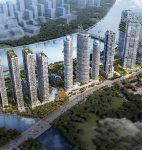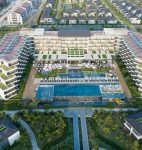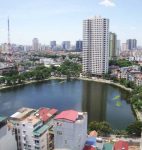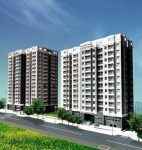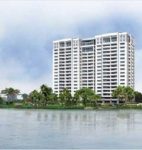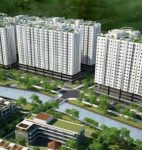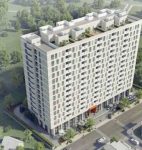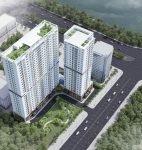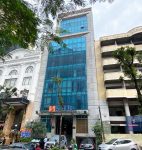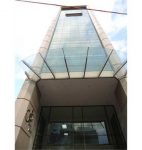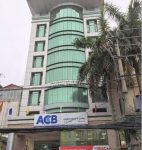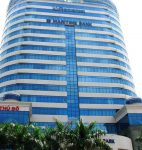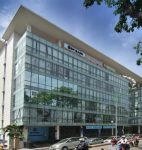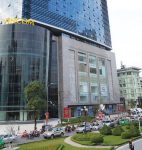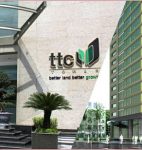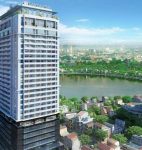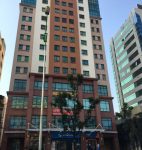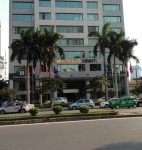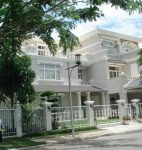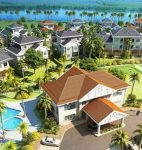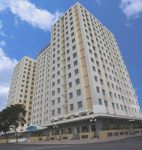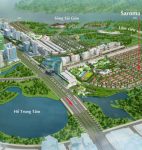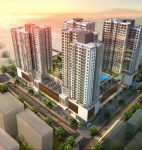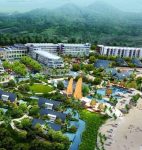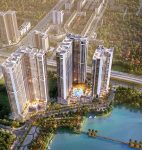Hotline:
(+84) 898 898 688“Golden” Period For The Real Estate Resort Market
“Vietnam’s tourism market continues to grow at an impressive rate. The “golden” period for the resort market, especially the condotel, has been opened despite many considerations.”
Rudolf Hever, Director of Hotel Advisory, Savills Asia Pacific, shared this in a commentary on the Vietnamese real estate market and its considerations for the Hotel Apartments (Condotel) has shared with the media on May 9th.
Tourist demand continues to grow strongly
Mr.Rudolf Hever said that in 2016, Nha Trang welcomed nearly 1.2 million international visitors, an increase of nearly 23% compared to 2015. Similar international visitors to Da Nang have also reached nearly 1.7 million, an increase of 33% over 2015.
It can be said that the government has greatly supported this development, as there are now 9 international airports across the country compared to 5 international airports in 2010. These airports are still being upgraded, opening more stations and expanding the runway.
In addition, the visa policy for tourists has also improved significantly, as the process has become easier and the fees are lower than before. Phu Quoc is a typical example of this support when international visitors have soared by 25% in 2014 compared to 2013 when the visa exemption policy for foreign visitors is applied. Currently, Phu Quoc is also the only place in Vietnam to adopt this policy.
In addition, positive signals from the market contribute to attracting and trusting investors, leading to strong competition in supply in the next 2-3 years, when the market continuously witnessed the birth of new projects.
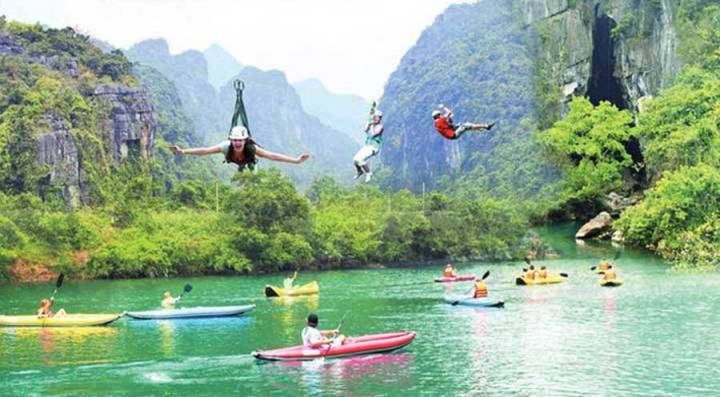
Tourist demand continues to grow strongly
According to the Savills Hotel Consultancy, in Nha Trang and Cam Ranh, hotel and resort supply for the midscale to luxury segment is expected to grow at an average annual growth rate of 29% over the next three years. Similarly, Da Nang and Phu Quoc have strong supply growth rates of 30% and 27% respectively over the next three years.
However, the real estate market is volatile and can be affected by many factors. Typically in 2014 – 2015, the number of international tourists to Vietnam fell sharply as the number of Chinese and Russian tourists fell sharply, influenced by the dispute over the China Sea and the devaluation of the ruble, has a strong impact on the tourism market. Especially for markets dependent mainly on the source of customers from this market such as Nha Trang.
Therefore, if demand does not catch up with future growth in supply, capacity and room rates are expected to continue to be under pressure and investors will have to consider carefully the expected performance and budget for the project in the coming years.
Second House and Condotel: More Considerations
Referring to the real estate market, it should be mentioned the outbreak of investment in Second Home projects. At present, there are about 36 Second Home projects offering more than 7,000 units with medium to high rates being operated in Vietnam.
According to Rudolf Hever, the property market is expected to continue to grow strongly as the second wave of secondary home supplies is concentrated in six coastal locations (Khanh Hoa, Da Nang, Phu Quoc, Ho Tram, Ha Long and Quang Nam, which includes more than 17,000 units, will be introduced into the market over the next three years. However, the number of completed projects is still very modest compared to the number offered on the market
Condotel is currently the most popular type of Second Home products. Specifically, Condotel estimates that by 2019 65% of Second Home supplies will be available in major coastal markets. More and more projects have been launched recently, with strong competition in terms of size and attractive profit. The owner quickly named their project at their travel destination are Condotel.
However, the point to note is the “tel” (hotel) in the condotel model. In most cases, we find that very few management factors such as hotels are considered for this component. This is especially worrying because it is difficult for an investor to secure a portion of profits. In order to create revenue for the commitment, Condotel must be operating as a hotel and achieving impressive business results. However, most projects are not well planned for the operating element and the very fierce competition in the segment causes investors to promote advertising as well as apply the policy of commitment to profitability to attract buyers,” Rudolf Hever said.


Condotel is the most popular type of Second Home product.
Products with this commitment program are becoming more risky for buyers, some developers have little experience but large-scale project development without a big source of funding such as equity or capital support from banks.
These risks come mainly from operating after completion of construction, and in the case where the profit margin is higher than the operating cash flow. Then, the owner needs to add more capital to ensure commitment. At present, the committed rate of profit in Vietnam is quite high, some projects up to 12% in 8 years.
Therefore, when choosing the product of resort for investment, buyers should consider the selection of quality products from reputable investors. On the side of the investor when choosing the development model, Investors need to plan well as well as carry out feasibility studies from the beginning so that they can have a product that is appropriate to market conditions as well as financial capability and good future operation.
According to Rudolf Hever, in the past seven years, between 2010 and 2016, international visitors have doubled from 5 million to 10 million. In addition, domestic visitors also increased significantly, from 28 million to 62 million visitors. This development has brought the “golden” period for the real estate market, especially the hotel condotel, although there are many considerations.
You are reading the article ““Golden” Period For The Real Rstate Resort Market” in the section “Real Estate Market” on the website: https://realestatevietnam.com.vn/.
All information sharing, feedback please email to info@realestatevietnam.com.vn, Hotline (+84) 898 898 688 (24/7).
Thank you for visiting our website!

